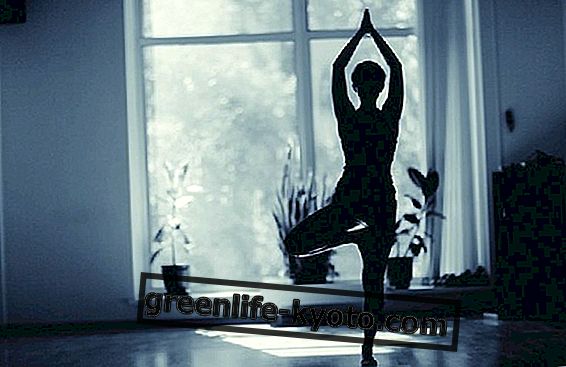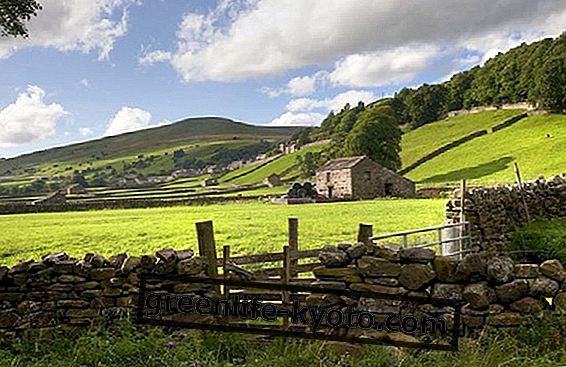
The magic of montagn a does not cease to seduce: the confrontation between man and one of the most spectacular representations of nature hides an ancient charm, of primordial respect.
This attraction attracts swarms of sportsmen, adventurous and simple enthusiasts every summer who choose to spend their holidays here and devote themselves to the many activities that can be practiced on the spot: from Nordic walking to free climbing, you'll be spoiled for choice.
Why not add yoga to them? This discipline can successfully complement the aforementioned sports by helping to give you wellness and health. Such as? Let's see it together!
Asana at high altitude
In the following paragraph we will show you some specific asanas for all those who have decided this summer ... to aim high, very high!
We undoubtedly start from equilibrium positions : they improve the perception of oneself, of the points of support and the listening of one's body indispensable in climbing, for example, where one is close to body with the rock.
In fact, it is crucial to identify the forces that act and use them as a lever to move. So let's go to positions of balance, especially when standing. Here are some examples.
Other asanas are very useful for those who do climbing, but also for all walkers who dedicate themselves to long marches under the weight of backpacks, they are the ones that open their backs and oppose the bullying that both practitioners face. We will illustrate one for example, namely gomukhasana (cow snout asana).
1. From sitting, bring the right foot towards the left buttock and the left foot towards the right buttock; the knees should be on the same line, frontally to you, and the heels placed equidistantly from the hips.
2. In spirando move the right arm behind the torso and rest the forearm in the lumbar area, with the right elbow resting on the torso. Turn the shoulder back and down, then slowly raise the forearm along the back - within the limits of the possibilities - until the back of the hand is in the center between the shoulder blades or near it.
3. Inhaling, lift the left arm upwards with the palm facing backwards. In exhalation, bend the elbow and lower the forearm in search of the right hand. If possible, the two hands come together.
4. Repeat on the other side, reversing the arms and changing the crossing of the legs.

After a long day on the mountains the back could be tested by the weight of the whole experience: let's give her a few minutes of well-being with some asanas that give her relief .
For example, forward bends are great, even standing up so you can perform them directly at the end of the walk, on any terrain. We will illustrate in detail Prasarita Padottanasana :
1. From the standing position, stretch the legs as wide as possible along the width of the pelvis.
2. While inhaling, stretch your arms upwards and then bend your upper body with your arms raised, trying not to bend your back, thus obtaining the position of bending forwards.
3. The arms can take various positions: place the palms on the ground and bring the back concave to the same height as the pelvis; place the top of the head on the ground keeping the hands resting on the floor at the sides of the face, or at the ankles, or on the hips, or joined behind the back.

Meditation and Pranayama immersed in nature
The mountain facilitates meditation, introspection or, at least, silence, given the close contact with nature and the general mood that this type of holiday choice suggests.
The habitual walkers rarely let themselves go into big talk because of the respect that this environment inspires and that is shared with all the other animal species. Not dissipating energy in useless words then becomes vital when facing impervious paths or long marches where the concentration and the dosage of one's own strength are fundamental to enjoy the experience one is experiencing.
Precisely because of the exceptional possibility of being immersed in silence, one can devote oneself to wonderful walking meditations or to listening and being aware of one's breath far from the smog or from the stale air of closed environments.
It is a unique and rare opportunity to meditate or perform pranayama in such breathtaking scenarios, where the atmosphere is magical and the air is crystal clear: let's not miss it! It is no coincidence that all the great meditators, first of all the Buddha, practiced in the woods ...













